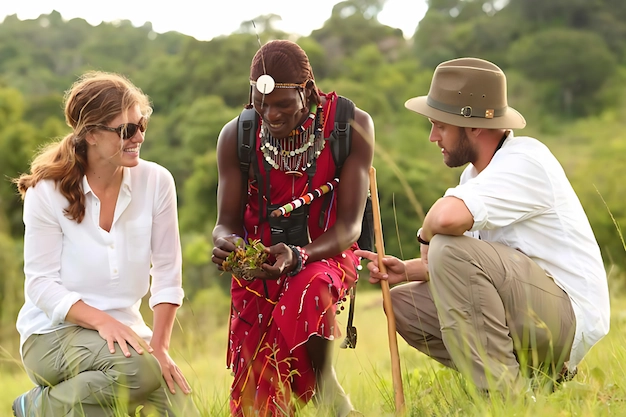Our team of Safari Experts poised at their keyboards eagerly awaiting your inquiry! – Your reply is within 1hr
Tanzania National Park
Your Complete Guide to Organizing a Safari Adventure in the Ngorongoro Conservation Area
Find all the essential details to plan and book your Northern Tanzania Safari Tour.
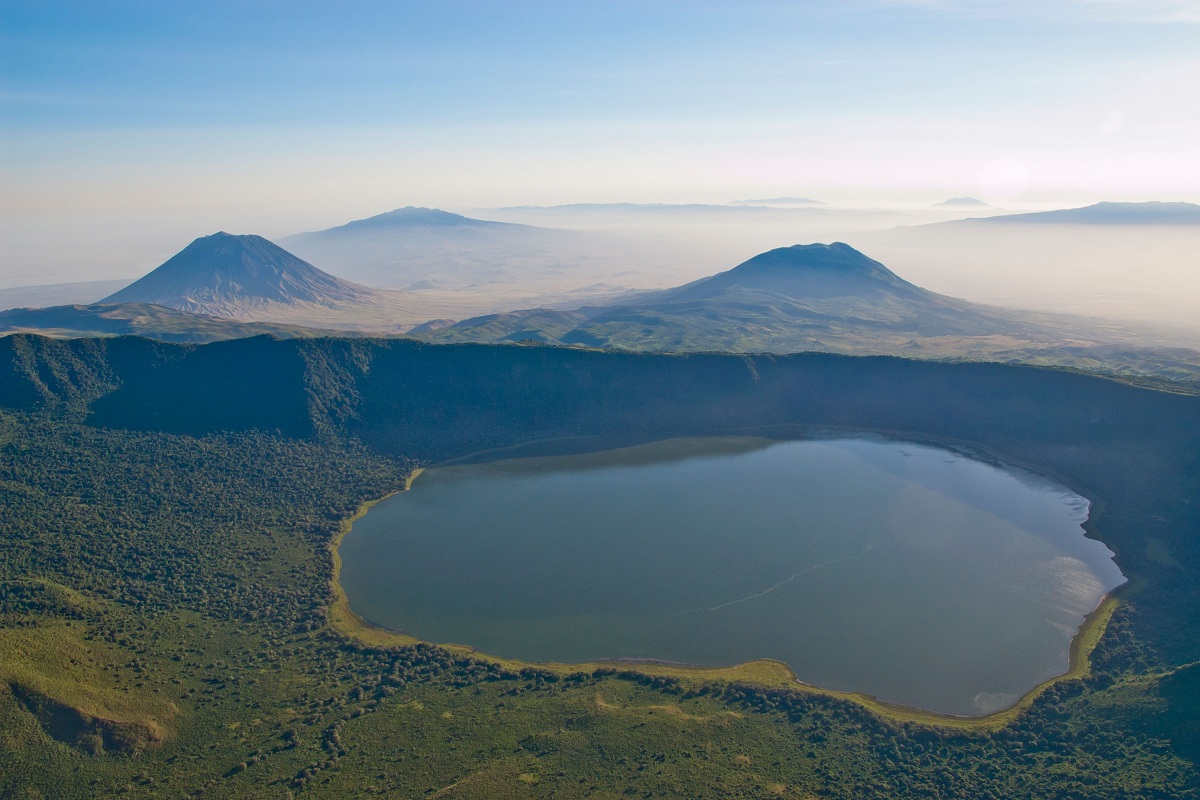
Ngorongoro Conservation Area
Do you ever wonder where to get closure to nature with a unique safari experience? Well, the answer is Ngorongoro Conservation Area. This fantastic caldera is a premier destination for nature enthusiasts seeking an authentic experience in the wild.
Renowned for its vibrant ecosystem, the Ngorongoro Conservation Area boasts a variety of wildlife that astounds even the most seasoned nature enthusiast.
From gigantic elephants to prowling lions, playful monkeys to soaring birds, the crater packs an impressively rich array of species cohabiting in their natural habitat.Imagine this – The sun has just risen, casting a warm glow over the grassy plains.
You notice a pride of lions returning from their nocturnal hunt, a sight that creates an unforgettable snapshot in your mind. Sounds like an adventure to you?
The Safari Experiences
What makes a visit to Ngorongoro Conservation Area unique is the unparalleled safari experience it provides. Take a Jeep ride through the expansive plains where herds of wildebeests and zebras graze peacefully. Or take a walk on the wild side with a guided tour and get up close encounters with the animals.
Nature rarely affords us such an intimate view of wildlife – this is what sets Ngorongoro Conservation Areaapart from other tourist destinations! You’ll find yourself immersed in a world that feels untouched by modern civilization.
Ngorongoro Crater - A Natural Wonderland
The Ngorongoro Conservation Area promises an experience unlike any other, showcasing superb wildlife, an engaging safari experience, and unmatched natural beauty.
So next time you plan a safari excursion, remember this: Ngorongoro Crater – where nature reigns supreme. With its breathtaking beauty, a trip to this natural paradise is a journey you don’t want to miss.
The Dry Season - June to September
Expert Tip: Remember to respect the animals and their habitat during your visit. Keep a safe distance and adhere to the rules set by local authorities. After all, we are visitors in their home.
To sum it up, the Ngorongoro Crater is more than just a tourist destination; it is a testament to the beauty and resilience of nature. A trip to this awe-inspiring landscape allows you to witness the grandeur of wildlife and the tranquility of raw nature, offering an experience that captures the heart and stirs the soul.
As an enigmatic piece pearl of the African landscape, Ngorongoro Crater always stirs robust intrigue, but exactly when is the best time to visit the Ngorongoro Crater? Well, pinning down the perfect time to explore this nature’s marvel can sometimes be as challenging as spotting a black rhino sauntering in the vast plains. However, with the right information at your fingertips, planning your visit becomes a breeze.
Truth be told, visiting Ngorongoro Crater is a thrilling prospect all year round. However, certain months do lend enhanced opportunities to experience the full range of the crater’s fauna and flora.
Heralding azure skies and substantially less rainfall, the dry season (June to September) is often pegged as the prime time to visit the Ngorongoro Crater. But why is this so?
- Wildlife spotting: The drier conditions draw a spectacular array of wildlife to the more predictable water sources, upping the chances of successful animal sightings. You’re likely to witness an enthralling clash of survival as predators prowl these zones.
- Travel convenience: The dry terrain makes the journey less treacherous and more navigable, ideal for those epic safari drives.
Rainy Seasons - November to May
Contrary to popular belief, the rainy seasons (November to May) also hold their own allure and benefits.
- Birdwatching: The onset of rains heralds an influx of migratory birds, making it perfect for avid bird watchers. Plus, the wet season sees the Crater adorned in a lush emerald cloak – an experience that is an absolute treat for the senses.
- Calving Season: If you’re in awe of nature’s miracles, visit during the short rain period from late January to February. This is calving season where you can witness the sight of newborn wildlife taking their first steps.
So, when is the best time to visit the Ngorongoro Conservation Area? Your choice should be informed by what you want to see and your personal preferences. Regardless of when you choose to visit, rest assured, the Ngorongoro Crater offers a rich and engaging experience beyond belief at any time of the year.
Look deep into nature, and then you will understand everything better.
~ Albert Einstein
Oldupai Gorge: A Window into the Past
Oldupai Gorge offers glimpses into the primitive era of human civilization. These historical whispers are captured in the relics and bones that lie embedded in the walls of the gorge, beckoning world tourists. Each relic has a tale to tell; each fossil—testimonies of human evolution. Isn’t it fascinating to learn about our forefathers and how they lived?
Why Is Oldupai Gorge a Must-See?
Understanding the significance of Oldupai Gorge is akin to opening Pandora’s box—once you start, there’s no end to the fascinating discoveries you can make. But why should everyone consider visiting this exotic location?
- Rich Paleontological Site: From fossilized remains of our early ancestors to tools predating 2 million years, Oldupai Gorge is a goldmine for scientists and historians. Where else in the world can you touch something that existed millions of years ago?
- Birthplace of Mankind: The discovery of hominin fossils at Oldupai piqued global interest; these fossils have widely been accepted as evidence of the earliest human evolutionary roots. Are you intrigued by the origins of mankind?
- Unparalleled Natural Beauty: Apart from its historical and scientific importance, the stunning vistas and sweeping landscapes surrounding the Gorge are a feast for the eyes. Who doesn’t need a good ol’ eye-candy?
Experience, Expertise, Authority, and Trust in Oldupai Gorge
Visitors to the Oldupai Gorge receive a comprehensive tour guided by informed professionals who are passionate about the site’s significance and preservation.
The guides’ immense expertise breeds a sense of trust in visitors, while their engaging narrative paints a vivid picture of human evolution in the minds of the audience, establishing the authority of the Oldupai Gorge. How many places can offer such an enriching experience?
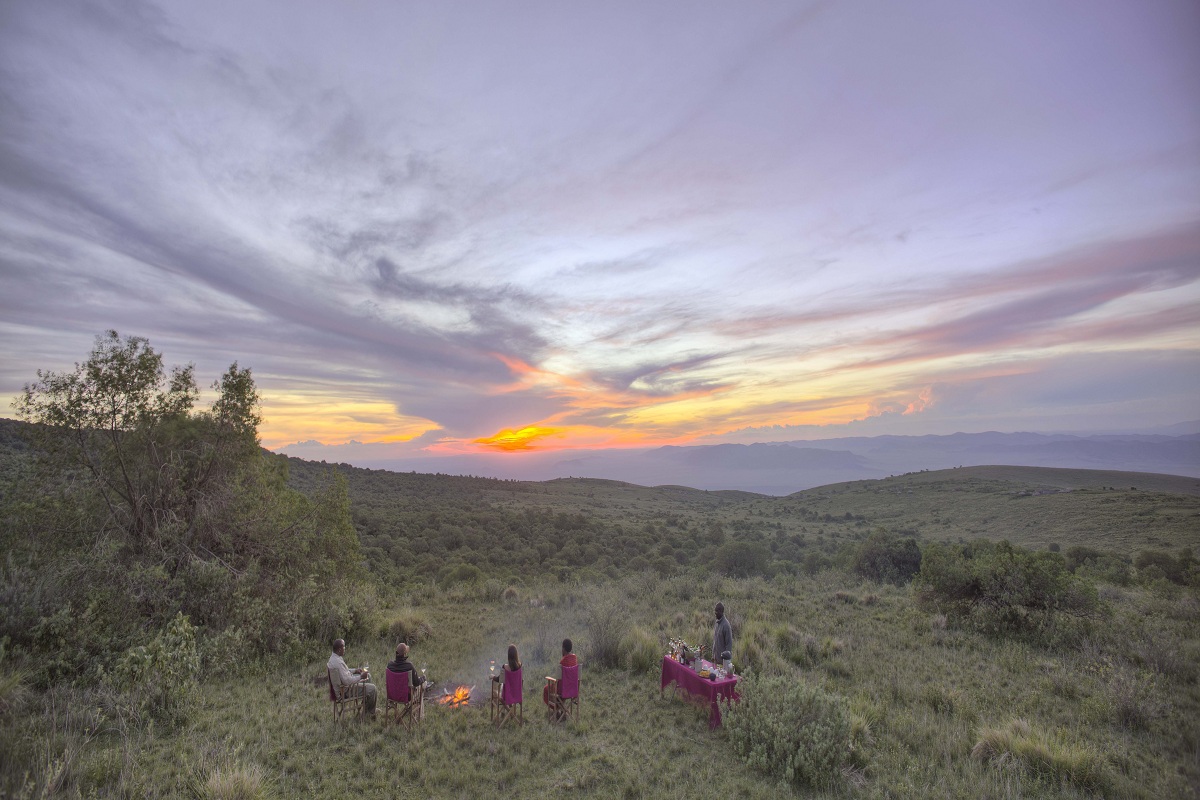

The Oldupai Gorge Experience
In essence, the Oldupai Gorge offers a blend of history, science, and natural beauty that is tough to surpass. So, if you're interested in delving into the depths of human evolution or simply love stunning landscapes, Oldupai Gorge is a destination you should definitely consider. Why don't you book your visit today and witness the marvel of human history for yourself?
Shifting Sand: A Drifting Natural Wonder
Have you ever wondered about the mysteries of ‘Shifting Sand in Ngorongoro’? If you have, you’re just in the right place. This article takes you on an intriguing journey into this natural spectacle in the heart of Africa.
Shifting Sand in Ngorongoro: More Than Meets the Eye?
Curious travelers, budding geologists, and natural enthusiasts may have heard tales of the unusual ‘Shifting Sand in Ngorongoro Conservation Area’. Yet, understanding the phenomenon may require a closer look. What could cause sand to move en masse, to shift and reshape itself over and over again?
The shifting sand in Ngorongoro is literally a moving black dune. Composed of volcanic ash originating from the Ol Doinyo Lengai Mountain, the dune measures approximately 100 meters in length and 9 meters in width. The mystique is that it moves. Yes, you read it right. The ‘Shifting Sand in Ngorongoro’ moves at a rate of about 10 to 20 meters per year due to strong prevailing winds.
A Phenomenon Worth Experiencing
The ‘Shifting Sand in Ngorongoro’ forms a remarkable natural spectacle.
- An ever-shifting dune: Imagine standing on a sea of sand that is constantly in motion. You could literally watch the landscape shift before your eyes.
- A moving monument: The local Maasai people consider this moving dune a sacred symbol and often use it for important ceremonies, adding a cultural dimension to the natural wonder.
- The black hue: The iron-inherent in the volcanic ash gives the sand its unique black colour, which contrasts dramatically with the surrounding greenery and red earth.
While words can capture the essence of ‘Shifting Sand in Ngorongoro’, nothing compares to experiencing it first-hand. So, why spend another moment imagining when you could be planning your trip?
Walking Safari in Ngorongoro: A Memorable Wildlife Experience
Walking Safari in Ngorongoro Conservation Area isn’t a mere adventure; it’s a meeting point of life, nature, and exhilarating excitement. Delve into the wild, find peace in the serene landscapes, and get to know unprecedented wildlife like never before. Let’s get wandering!
Embakai Crater Walking: A Majestic Expedition
Embakai Crater – a sleeping volcano that awakens a sense of wonder in every visitor. Hidden within are green pastures, thicket woodlands, and a gorgeous blue lake. The crater acts as a haven for numerous animal species, making it a vibrant hub of life. But what’s more captivating about the crater? It offers a heart-stirring walking safari.
Do you imagine why walking safaris at Embakai are so memorable? Well, the spellbinding biodiversity, jaw-dropping views, and the thrill of exploring on foot makes a safari here stand out from others.
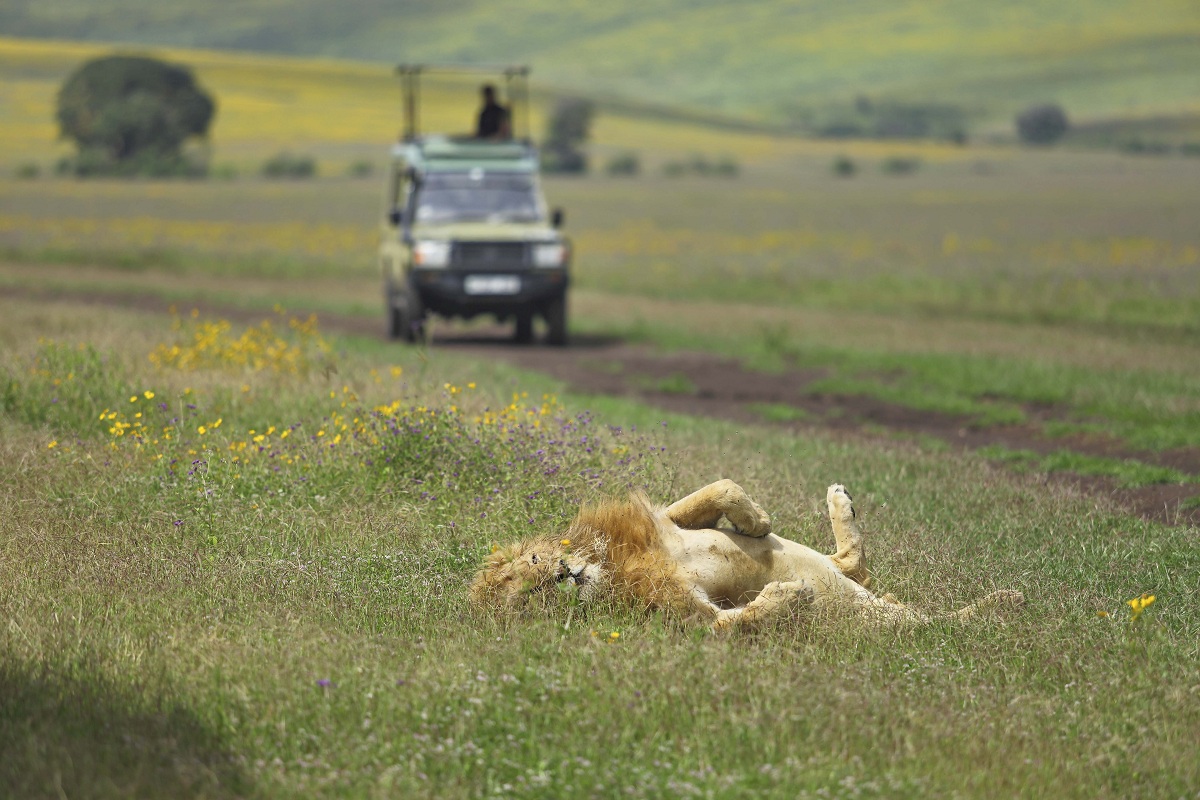

Intrigued To Visit?
If you're eager to see this extraordinary moving spectacle for yourself, prepare for a trip to the Ngorongoro Conservation Area in Northern Tanzania. Take nothing but photographs, leave nothing but footprints, and always respect the local customs. With 'Shifting Sand in Ngorongoro', you're sure to be treading a path less travelled– a journey worth every grain of sand!
Ngorongoro Walking Safari: When's the best time?
So, you might wonder, when’s the best time for a Walking Safari in Ngorongoro? Technically, you can enjoy a safari at any time!
However, the dry season, from June to October, may offer more comfortable walking conditions. Also, wildlife viewing is typically at its prime during this period. Keep in mind though, the beauty of Ngorongoro awaits you, come rain or shine!
Exquisite Wildlife Encounters
What’s a safari without wildlife spotting? From buffalos, zebras, to rare bird species, Ngorongoro is a treasure trove of diverse animals.
Ever fancied encountering a playful herd of baboons? Or watching flamingos create a pink aura around a lake? Well, the walking safaris here makes all of that possible!
Walking offers you the rare opportunity to witness these majestic creatures in their natural habitats, giving you an unparalleled wildlife-viewing experience.
Has a walking safari in Ngorongoro piqued your interest?
With every step on the ancient trails of this Ngorongoro Conservation Area, you are bound to connect with nature at its rawest, engage with rare wildlife and develop a profound respect for our environment.
Ndutu Area: A Wildlife Haven in Tanzania
The Ndutu Area, an untouched heaven in Tanzania, is a pilgrimage for anyone who appreciates abundant wildlife and the wonder of the natural world. But what makes it so special? And what should you know before visiting?
The Ndutu Area is located in the southern part of the majestic Serengeti ecosystem in Tanzania. This region, blessed with varied flora and fauna, offers a unique wildlife experience that enables visitors to travel virtually untouched by time.
Abundant Wildlife
The Ndutu Area boasts of diverse ecosystems, providing habitats for a host of wildlife. Its variety of landscapes – from the open plains, acacia woodlands to the alkaline lakes – serves as a sanctuary for a wide range of animal species. Catch a glimpse of wildebeest, zebra, gazelle, and many exotic birds, among other flora and fauna.
Calving Season: Nature's Miracle
Ever seen a zebra or wildebeest birth? The calving season in the Ndutu Area, typically around February, is when hundreds of thousands of wildebeest and zebra give birth in the region. The chance to witness this extraordinary natural phenomenon is something that will linger in your memory forever.
Accommodations: Feel at home in the wild
Pondering where to stay during your visit? The Ndutu Area hosts an array of accommodations. From luxury lodges like Mwiba Lodge to budget-friendly camps, you’re bound to find an abode that fits your taste and budget. Many of these accommodations offer an immersive safari experience, allowing you to stay close to nature without sacrificing comfort and convenience.
Best Time to Visit
Wondering when is the best time to visit the Ndutu Area? Each period of the year offers a unique experience. However, the time from December to March is often considered the best when wildlife concentration is highest due to the calving season.
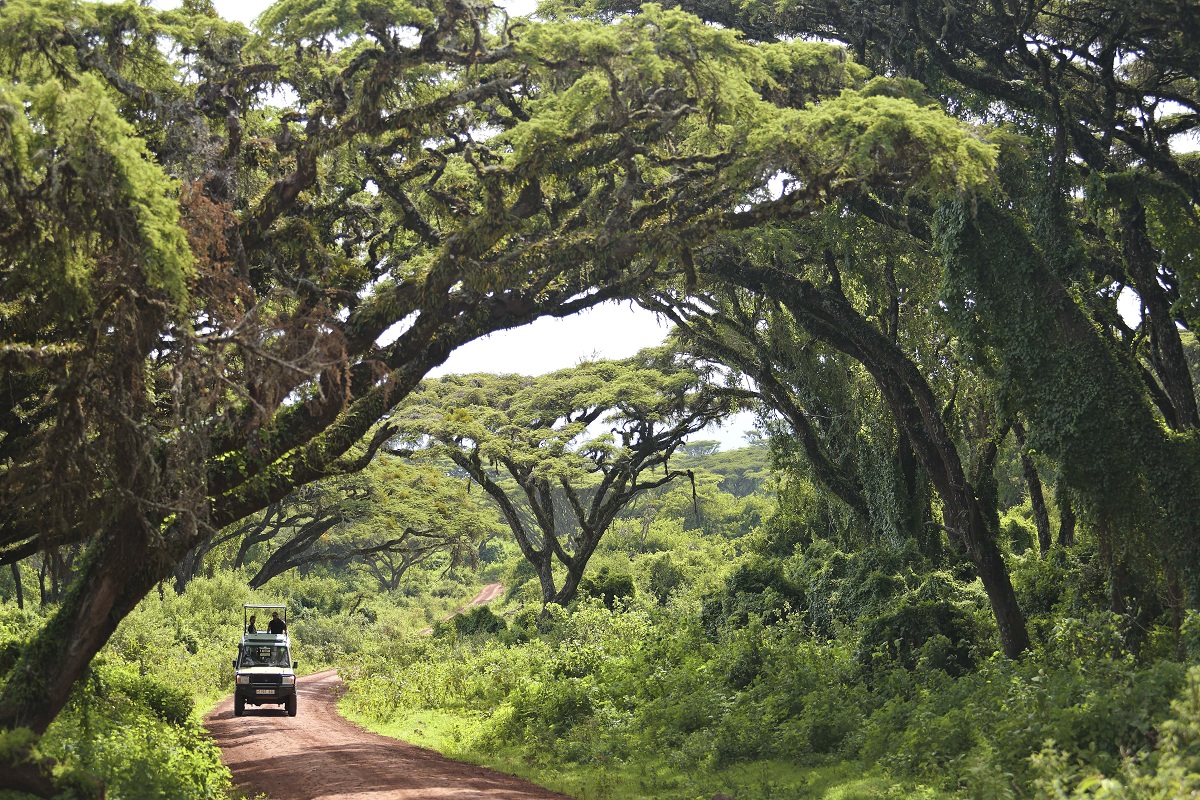

Discover Ndutu Area with us!
From thrilling wildlife encounters and natural wonders to comfortable accommodations and an immersive experience, the Ndutu Area has a compelling allure for wildlife enthusiasts and nature lovers alike. So why wait? Start planning your trip to this masterpiece of Mother Nature today! Visit the Ndutu Area, immerse yourself into its untouched beauty, and take back memories that last a lifetime.

